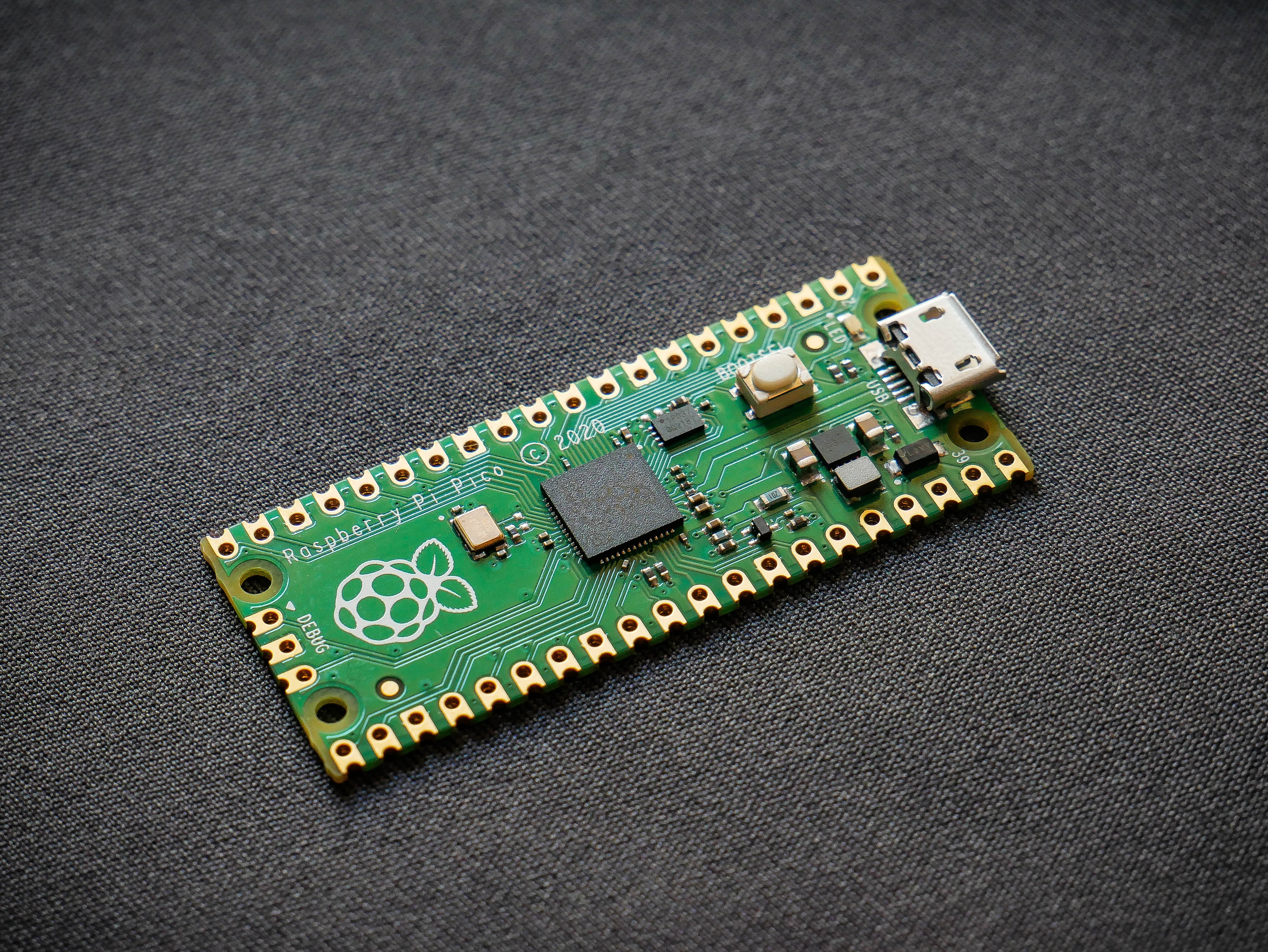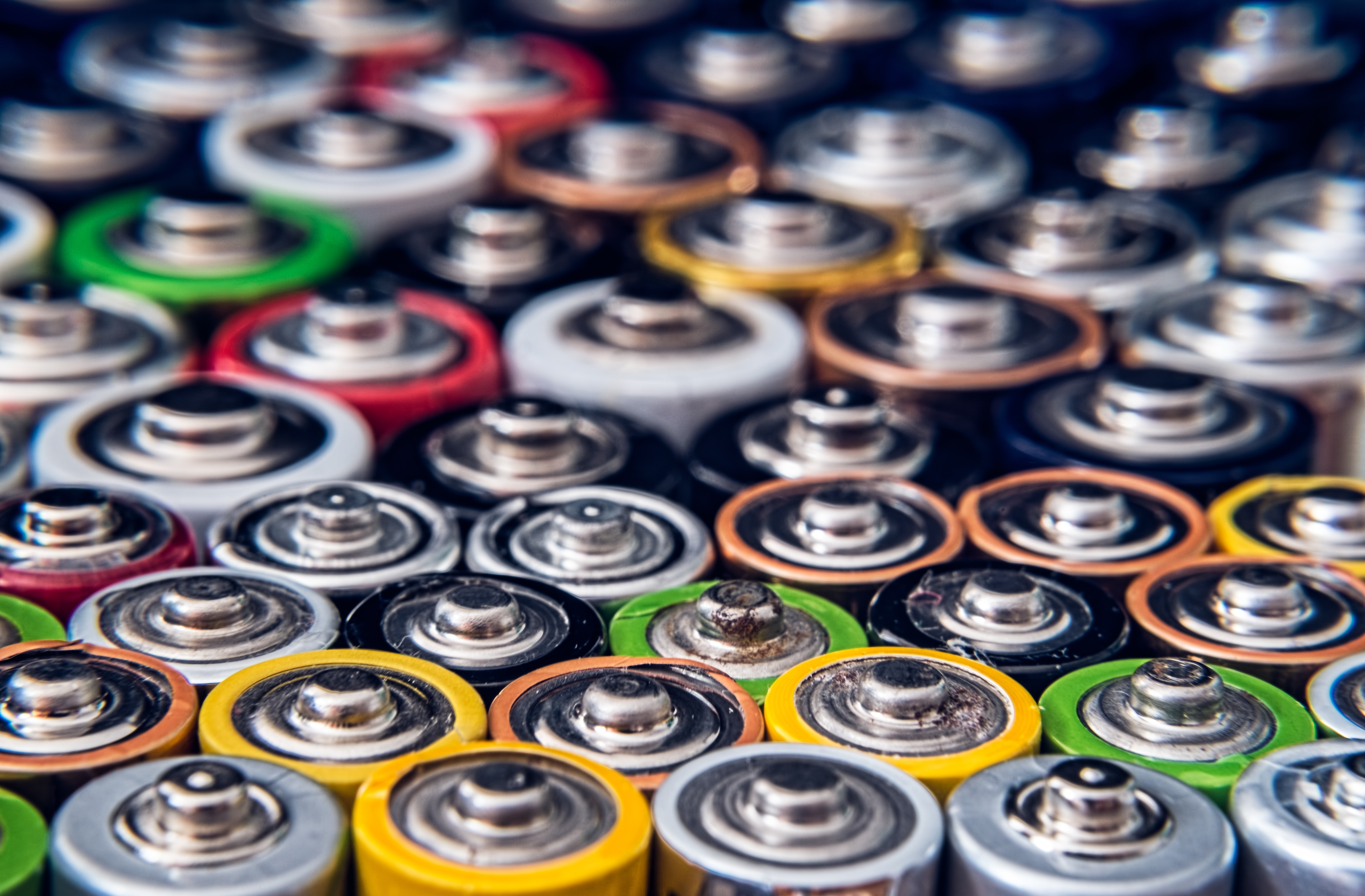The 5 Most Used Raw Materials in Modern Technology

Published on Jan. 6, 2024
Modern technology, from smartphones to electric cars, relies heavily on a diverse range of raw materials. These materials are the building blocks of numerous technological advancements, playing a crucial role in the functionality and efficiency of various devices and systems. As technology evolves, so does the demand for specific raw materials, each chosen for its unique properties and applications. This article delves into the five most used raw materials in modern technology, highlighting their significance, applications, and the role they play in shaping the technological landscape of today.
Silicon

This is a macro of a silicon wafer. Each square is a chip with microscopic transistors and circuits. Ordinarily, wafers like these are diced into their individual chips and the chips go into the processors that power our computers
Silicon is fundamental to modern technology, particularly in the semiconductor industry. It is the base material for most semiconductor devices, including integrated circuits (ICs) and microchips found in computers, smartphones, and countless other electronic devices. Silicon's ability to conduct electricity only under certain conditions makes it an ideal material for transistors, the building blocks of digital circuits.
Additionally, silicon is crucial in the field of photovoltaics for solar energy generation. Its ability to convert sunlight into electricity has made it a key material in solar panels, driving advancements in renewable energy technology. The ongoing research to improve the efficiency and reduce the cost of silicon-based solar cells further underscores its importance in modern technology.
Lithium

Several lithium batteries
Lithium has become increasingly important in modern technology, primarily due to its use in lithium-ion batteries. These batteries power a wide range of devices, from portable electronics like smartphones and laptops to electric vehicles (EVs). Lithium-ion batteries are favored for their high energy density, low self-discharge rate, and long lifespan, making them more efficient and reliable compared to other battery types.
The role of lithium extends to the renewable energy sector, where lithium-ion batteries are used in energy storage systems. These systems store energy generated from renewable sources, such as solar and wind, helping to stabilize the grid and increase the adoption of renewable energy. The growing focus on EVs and renewable energy solutions has led to a surge in demand for lithium, highlighting its critical role in the transition to a more sustainable energy future.
Copper

Copper wires
Copper is a key material in modern technology, valued for its excellent electrical and thermal conductivity. It is widely used in electrical wiring, circuitry, and various electronic components in devices ranging from computers to advanced telecommunications equipment. Copper's ability to efficiently transmit electrical signals makes it essential for the infrastructure of power generation, transmission, and distribution systems.
Beyond its electrical applications, copper's antimicrobial properties have gained attention, especially in medical technology. Copper alloys are used in medical equipment and hospital surfaces to reduce the spread of infections. As technology advances, the applications of copper continue to expand, solidifying its role as a versatile and indispensable material.
Rare Earth Elements

The rotor (moving part of the motor). You can see n52 neodym permanent magnets and even the glue used for balancing it.
Rare earth elements (REEs), a group of 17 elements, are critical to a wide range of modern technologies. They are key components in the manufacture of permanent magnets used in wind turbines, electric vehicles, and hard disk drives. REEs such as neodymium and dysprosium are valued for their magnetic properties, which are essential in the miniaturization of electronic devices.
REEs also play a significant role in the manufacturing of high-tech consumer products. For example, europium and terbium are used in fluorescent lighting and color displays, while lanthanum is used in camera lenses and smartphones. The diverse applications of REEs in technology make them strategically important, though their limited supply and complex extraction process pose challenges for sustainable sourcing.
Aluminum

A person drilling into a piece of aluminum
Aluminum is a key material in modern technology, known for its light weight, strength, and corrosion resistance. It is widely used in the aerospace industry for aircraft construction due to its high strength-to-weight ratio. In consumer electronics, aluminum is favored for its aesthetic appeal and thermal conductivity, commonly used in the casings of smartphones, laptops, and other devices.
Additionally, aluminum's role in sustainable technology is growing, particularly in green building materials and energy-efficient transportation. Its recyclability also makes it a material of choice in the push for more sustainable manufacturing practices. The versatility and wide range of applications of aluminum across various sectors of technology underscore its importance as a fundamental material in modern innovation.
The utilization of these five raw materials – silicon, lithium, copper, rare earth elements, and aluminum – is integral to the development and functionality of modern technology. Each material brings unique properties that are essential in the creation of advanced technologies, from electronics to renewable energy solutions. As our reliance on technology continues to grow, so does the importance of these materials in driving innovation and supporting the global technological infrastructure. Their critical role in various sectors highlights not only the technological possibilities they enable but also the need for responsible and sustainable management of these vital resources.
Category: Technology